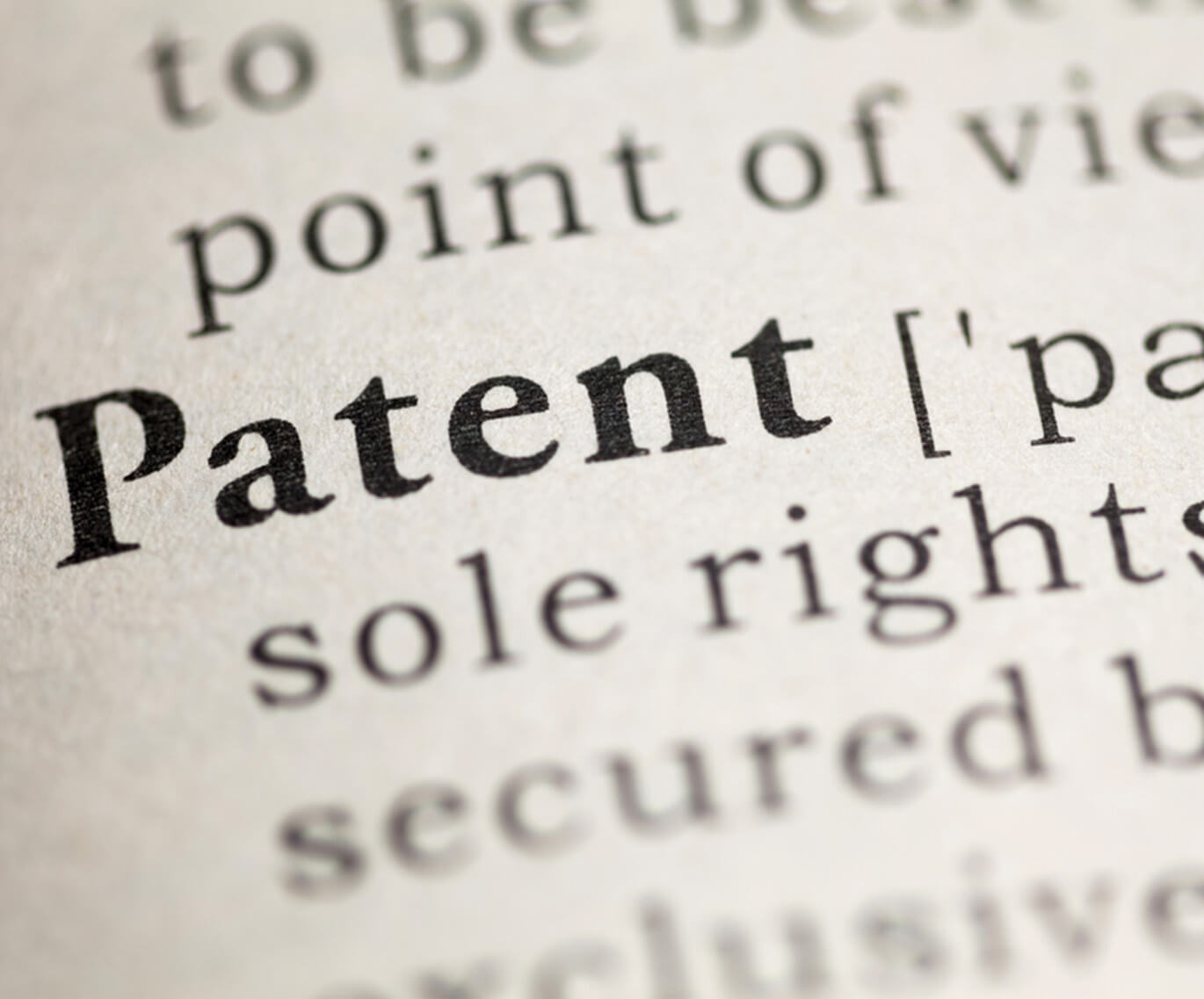

What’s so different about patent translation?
Patent translation is a specialised area where the complex worlds of technical translation and legal translation meet. It demands a unique type of translator, a very well-managed workflow and incredibly stringent quality assurance. It’s an area that continues to grow, however, in our digital age. The number of patents granted worldwide has more than doubled since 1990, and the industry responsible for the most international patent applications in 2018 was digital communications.
We talked to Amr Shaaban, one of our talented patent translators, about this unique corner of our industry.
So we’re clear, what is patent translation?
It’s the conversion of documents that relate to patents into another language. These may include, for example, patent claims, drawings with accompanying descriptions or legal documents linked to a patent dispute.
In your opinion, what are the three most important things buyers should look for when sourcing a patent translation?
I think it’s vital to find a translator who understands how technical concepts are expressed in writing. They also need to be familiar with the legal expressions used by the local authority reading the patent. And they need to have a background in the subject of the patent. It seems a big ask, but I think it’s really important to have these three elements.
What makes patent translation different from other types of translation?
Patent documents include both legal and technical information. Both fields are very wide and take years to master, which is why patent translation is so challenging – you need translators with training in both technical and legal translation. It also demands attention to minute details. A patent can, for example, contain a huge amount of numbers and technical signs; if the translator isn’t detail-oriented the output can contain many critical errors.
What’s your usual approach when it comes to translating patents?
Before I start translating a new patent, I prefer to read similar patents that have been translated into Arabic. This gives me a background on the technical terms used and how to express the patent in language that’s easy to understand.
I think machine translation will be used increasingly more for translating patents in the near future. Patent texts are purely technical with one clear meaning. So, with enough inputs into machine translation engines, and the advancement of neural machine translation, I think it will become easier to use MT for patent documents.
Have you used such tools? How do they support or hinder the work of a professional human translator?
I’ve not used them on live projects, but I have run some tests by adding patent texts to Google Translate to see the result. It’s amazing how machine translation has evolved to this level. I believe it can help to save time by doing some of the work for the translator. But, for the foreseeable future, I think it will still be essential for an experienced patent translator to be heavily involved in checking and finalising the text.
Do you have any final words of advice for organisations that outsource the translation of patents and other IP?
Yes, they should be really, really careful when choosing their translators to make sure they select people with both a technical and legal background. Even a very minor mistake in the translation can delay patent approval by local authorities or affect the scope of protection provided.
We would really like to thank Amr for taking the time to speak to us about his experience translating patents and hope that this has helped you gain a better understanding of why it’s so important to seek the help of professional translators before filing your next patent application.
We speak your language
Get in touch